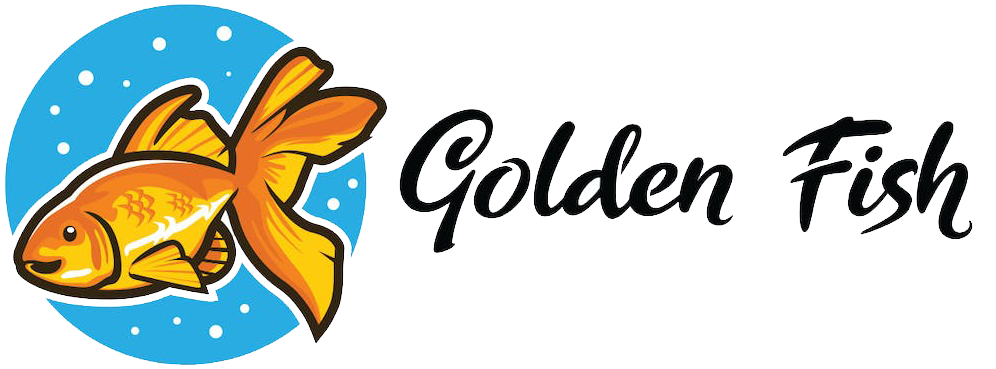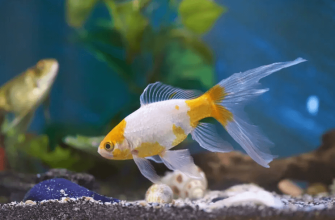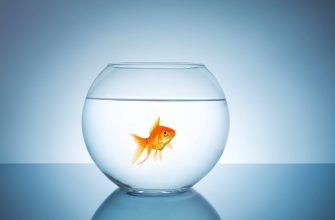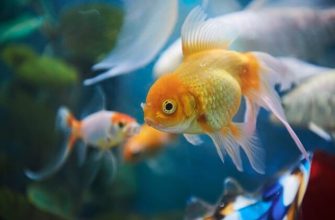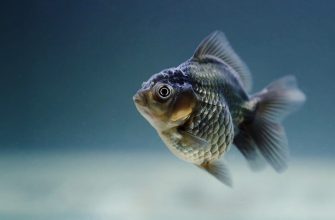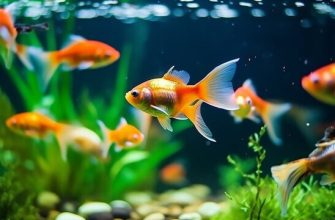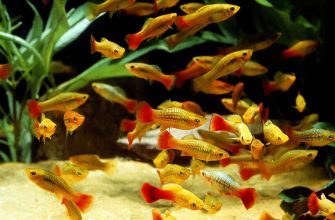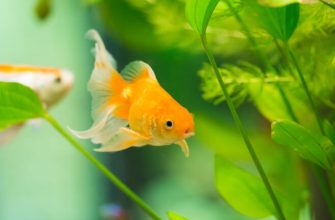Goldfish are a delight! They can bring joy to any space. It may seem hard to catch one, but with the right info and moves, it can be fun. Whether an experienced fish keeper or a beginner, here’s how to get a goldfish.
You’ll need the right equipment. A small net with super fine mesh is best. Make sure it’s clean and no bad substances on it. Prep a container with water from the same source as the fish tank. This will keep the water optimal during transfer.
When catching, be calm. Sudden moves can startle the fish and make it hard to get them. Put the net in the water near the fish. Keep distance so you don’t disturb other fish. Move the net nearer the goldfish, smoothly without making big water waves. Guide the fish towards the net’s opening. Lift the net out quickly but steadily.
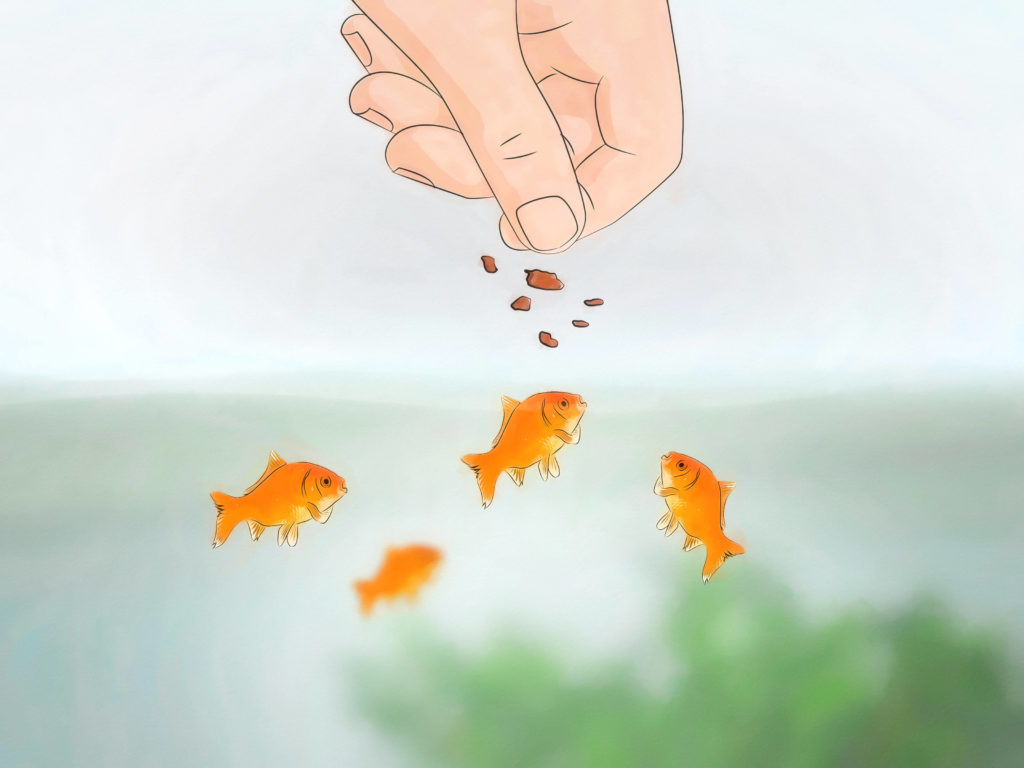
Patience is key. Goldfish can be speedy, so observe their movements and make moves accordingly. If too hard to catch, try an internal trap in the aquarium. Traps provide an area to lure the fish, making it easier to get them without stressing them.
Catching goldfish doesn’t have to be hard. With these techniques, you can move them safely or carry out maintenance. Remember, the fish’s well-being is important – always handle them with care!
Understanding the Behavior of Goldfish
To understand the behavior of goldfish, dive into their natural habitat, feeding patterns, and movement patterns. Knowing their habitat helps create a conducive environment. Identifying their feeding patterns ensures proper nourishment. Understanding their movement patterns aids in predicting behavior and facilitating care. Together, exploring these sub-sections will equip you with the knowledge needed to catch a goldfish successfully.
Knowing the natural habitat of goldfish
Goldfish are a common pet for households. Their natural habitat is in freshwater places like lakes, slow-moving rivers, and ponds. The origin of these vibrant creatures is from East Asia, where they were bred for ornamental purposes.
In their natural environment, goldfish love to swim in calm and clear waters. They need plenty of space and decorations in their tanks. They interact with their environment in a special way.
What is special about goldfish is that they can adapt to different water conditions. They have been selectively bred for over a thousand years in China, for their vibrant colors and unique shapes.
Centuries ago, during the Jin Dynasty in China, goldfish were bred for food. But due to their beautiful appearance, they became popular as pets.
Goldfish behavior can be studied in their natural habitat. Seeing them swim among aquatic plants is amazing. They adapt and flourish in different environments. Plus, they love fast food – anything that fits in their mouths!
Identifying the feeding patterns of goldfish
Want to know more about goldfish feeding habits? Let’s take a look at some key factors that influence them:
| Factors | Details |
|---|---|
| 1. Diet Composition | Pellets, flakes, fresh veg, live/frozen food – goldfish love it all! |
| 2. Feeding Time | Peak time is morning and early afternoon. |
| 3. Feeding Frequency | Small meals often best – goldfish have short digestive tracts! |
| 4. Social Dynamics | Tank mates or competition can change individual fish’s feeding patterns. |
Did you know goldfish have an amazing ability to detect motion above water? That’s why they often dart to the surface when anything moves. Here’s an interesting story – Scientists noticed goldfish always gathered in the same spot before each meal. They thought maybe the fish had learnt that spot meant food. To test, they changed the feeding location. Amazingly, the goldfish soon gathered at the new spot – showing they could adapt to new feeding patterns.
In understanding goldfish behavior, observing their feeding is important. By recognizing their preferences, timing and responses to social dynamics, we gain insights into their lives. So, next time you watch your goldfish at feeding time, take a moment to appreciate their complexity and adaptability!
Understanding the movement patterns of goldfish
Text: Swimming Patterns of Goldfish
Movement Type | Description
————–|—————-
Schooling | Goldfish swim in groups known as schools. This gives them safety and social contact.
Feeding | When searching for food, goldfish make quick turns to catch prey.
Exploration | Goldfish are inquisitive and explore their environment with slow, careful movements.
Escape | If in danger, goldfish move rapidly and erratically to avoid predators.
Goldfish have a special ability to sense water pressure, helping them to find calmer spots where they can rest or hide.
The Story of Arthur the Goldfish:
Arthur, a tiny goldfish in a backyard pond, showed amazing behaviors. He could jump high above the surface of the water to catch bugs – an incredible feat that surprised his human observers!
If you want to fish like a pro, don’t just grab a net and a bowl – goldfish require more than that!
Selecting the Right Equipment for Goldfish Catching
To successfully catch a goldfish, ensure you have the right equipment. This section focuses on selecting the appropriate tools for goldfish catching. From choosing the right fishing net to using a container or bucket for storing the caught goldfish, we’ll explore the essential solutions for each sub-section.
Choosing the appropriate fishing net
When selecting a net for goldfish catching, size is key. A net that’s too small may injure the fish, while a net too big can let them escape. Nylon nets are durable, and mesh nets are more gentle on scales. Longer handles let you reach further, without upsetting the water. Look for a net with a fine mesh, so small fish won’t slip through. For deeper bodies of water, choose a net with a longer handle or telescopic feature. Don’t forget your own comfort – choose a net with a non-slip handle or ergonomic design.
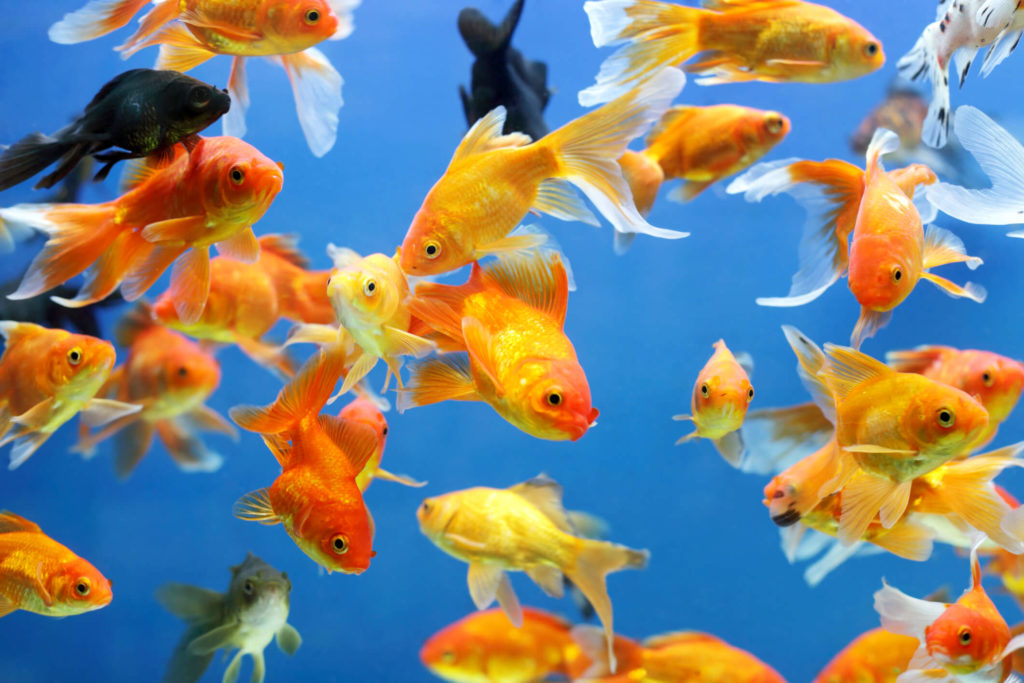
Also, make sure your chosen net follows local regulations. To practice your technique, try a controlled environment like a backyard pond. Finally, use a spacious bucket or container to house the fish when necessary – just be aware of their judgemental stares.
Using a container or bucket to store caught goldfish
For storing caught goldfish, choose a large container or bucket! It should be made of non-toxic materials, such as plastic or glass. Small holes in the lid allow air circulation. Fill it with dechlorinated water from the goldfish’s original habitat, if possible. Also, monitor temperature and pH levels. To avoid stress and injury, be gentle when transferring the fish.
Don’t overcrowd the container! This can cause competition for resources and increased stress. For example, I used a transparent plastic bowl with small holes in its cover. This allowed observation of their colors and movements. Plus, it provided ventilation for comfort during transportation.
In conclusion, selecting the right container is important for the goldfish’s well-being. Consider size, material, aeration, water quality, and handling to ensure a safe and stress-free process. So go explore goldfish catching locations, but don’t stalk your own pet goldfish!
Finding the Right Location to Catch Goldfish
To find the right location to catch a goldfish, equip yourself with the knowledge of identifying suitable bodies of water. Consider factors like water temperature and clarity. This will ensure an effective and successful goldfish catching experience.
Identifying suitable bodies of water for goldfish catching
Research local regs! Before you go goldfish catching, familiarize yourself with local fishing regulations. Some water may have rules or restrictions.
Assess water quality. Goldfish like clean, oxygenated water with clear visibility and little pollution.
Consider habitat. Goldfish are adaptable but prefer calm waters with vegetation like ponds, lakes, or slow-moving rivers.
Observe fish activity. Before you dive in, take some time to look for signs of fish – like ripples, jumping fish, or disturbances near plants.
Seek local knowledge. Ask anglers or fishing experts online or in fishing clubs for insider info and increase your chances of success.
Be aware of conservation efforts – some non-native goldfish have become invasive.
True History: Over 1,000 years ago, Chinese farmers bred wild carp into goldfish. Today, these enchanting creatures can be found in freshwater around the world.
Catch goldfish with patience, skill, and a keen eye for their habitat. Follow these steps and respect the environment to embark on an exciting adventure and maintain nature’s delicate balance.
Considering factors such as water temperature and clarity
Catching goldfish depends on water temperature and clarity. These two factors are crucial. Let us take a deeper look into each.

Water Temperature:
Goldfish like certain temperatures. They will be active and more responsive in these ranges. Picking a spot with the right temperature will increase your chances of catching them.
Water Clarity:
Water clarity affects the visibility for both you and the goldfish. Selecting a spot with clear or slightly murky water will give you better visibility to track their movements and target them.
Take a look at this table:
| Location | Water Temp (°F) | Water Clarity |
|---|---|---|
| Pond A | 68 | Clear |
| Lake B | 72 | Slightly Murky |
| River C | 64 | Murky |
These locations all have different characteristics. You can pick one based on your preferences and techniques.
Also, check out local fishing reports, talk to experienced anglers, and watch fish behavior in different locations. This will help you find the right spot and increase your chances of success.
By finding a spot with the right water temperature and clarity, you can optimize your goldfish-catching efforts. This is the key to fruitful fishing and lots of excitement.
Applying Effective Techniques to Catch Goldfish
To effectively catch goldfish, employ techniques that involve using bait to attract them, employing stealth and patience to approach them, and employing proper hand-eye coordination during the catching process. These techniques will maximize your success in catching goldfish while ensuring that you don’t startle or harm them in the process.
Using bait to attract goldfish
Goldfish are renowned for their captivating colors and elegant movements, thus making them a favorite of fish keepers. Understanding the art of bait is necessary to successfully catch these mesmerizing creatures. Here are some tips to attract goldfish easily:
- Construct a captivating environment: Setting up a tank with plenty of plants and hiding spots that resemble their natural habitat is important for goldfish attraction.
- Pick the right bait: Options like live or frozen brine shrimp, mosquito larvae, or commercial fish pellets can be used to entice goldfish.
- Be mindful of color and motion: It’s essential to use bait that is brightly colored or has animating movements.
- Time it right: Most goldfish feed in the morning and evening, so strategically placing your bait during these periods is advantageous.
- Have patience: Goldfish can be cautious at first and take time to approach the bait. Therefore, don’t be hasty and avoid disturbing the water unnecessarily.
It is essential to bear in mind that each goldfish has its own preferences and behaviors when it comes to feeding. Thus, watching their activities closely can help you successfully attract them.
The Chinese Tang Dynasty was the time when goldfish were esteemed for their ornamental value. Rich men kept them in decorative ponds as a symbol of wealth. This period also saw the origin of using bait to capture goldfish, which is still used today. Although dressing up like a ninja and meditating for hours may be a bit much, stealth and patience are necessary when catching goldfish.
Employing stealth and patience to approach goldfish
- Choose the right time: Early morning or late afternoon are active feeding times. This is the best time to approach the goldfish – they’ll be busy and less likely to notice you.
- Move slowly and quietly: Make slow, deliberate movements when near the goldfish habitat. Loud or sudden noises will startle them and cause them to scatter.
- Blend in with your surroundings: Wear neutral-colored clothing that matches the environment. This will help you blend in and make it harder for the goldfish to spot you.
- Use minimal equipment: Go for lightweight fishing gear that enables swift and silent movements. Bulky equipment may make noise and alert the goldfish to your presence.
- Be patient and observant: Take your time and observe the goldfish’s behavior from a distance. This will give you insights into their habits and patterns, allowing you to anticipate their movements better.
- Also, goldfish are wary creatures. Avoid making sudden gestures or casting shadows over their habitat, as this can scare them away.
Pro Tip: Polarized sunglasses will minimize glare from the water’s surface. This will improve visibility of the fish below and increase your chances of a successful catch.
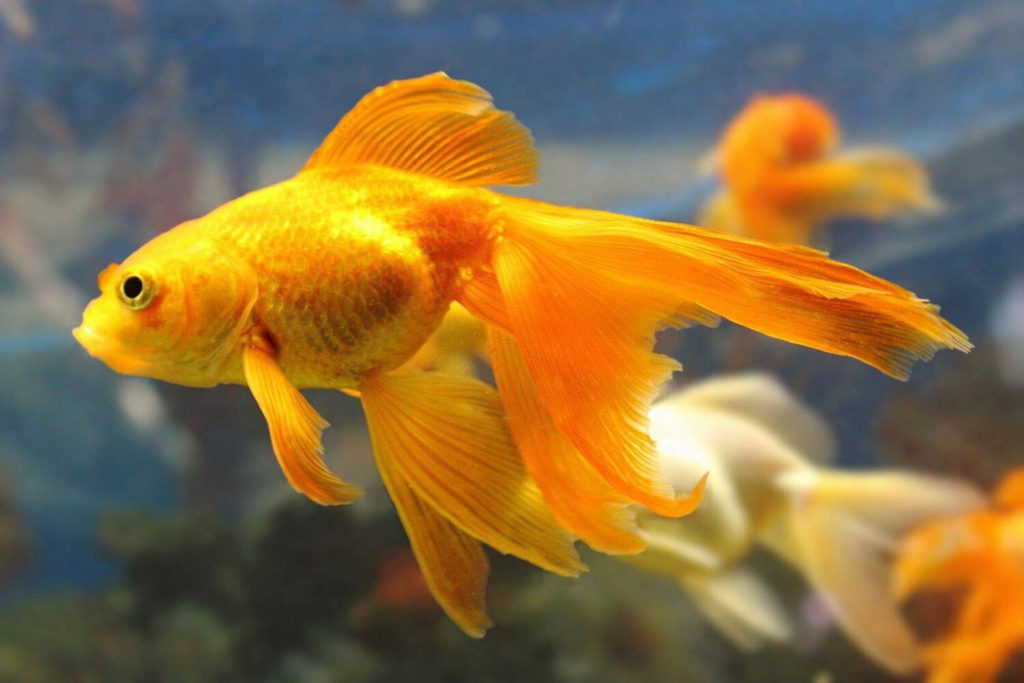
Remember: Mastering hand-eye coordination is vital for goldfish catching – unless you enjoy getting a wet towel in the face!
Employing proper hand-eye coordination during the catching process
Hand-eye coordination is key to catching goldfish. It helps you track their movements and react quickly. Here are five steps to help you:
- Focus: Keep your eyes fixed on the fish, without wavering. This will make it easier to predict their movements.
- Position yourself: Get into a spot where you can clearly see the fish and easily move your hands.
- Steady your hand: Make sure your hand is steady and firm before you move it.
- Time your movements: Watch the fish’s behavior. Move your hand at the same time as the fish, to increase your chances of capturing it.
- Be patient: Goldfish are agile swimmers. Don’t rush or make sudden jerky movements, as this may scare them away.
Be aware of each fish’s individual tendencies and behaviors. Observing these closely may help improve your hand-eye coordination.
An interesting story comes to mind – one of an enthusiast who kept trying to catch a particularly wily goldfish named “Nemo.” After hours of focused effort, he succeeded! This shows how effective hand-eye coordination techniques can lead to success, even in tough situations.
Avoiding Common Mistakes in Goldfish Catching
To successfully avoid common mistakes in goldfish catching, focus on not alarming or scaring the fish away and ensure that the catching area is not overcrowded. By being mindful of these two key factors, you can improve your chances of successfully catching a goldfish without any unnecessary difficulties.
Not alarming or scaring goldfish away
When it comes to catching goldfish, a calm and gentle approach is key. Here are some things to keep in mind:
- Move slowly and quietly: Too much noise or sudden movements will make the fish swim away. Move deliberately and carefully.
- Avoid tapping on the glass: Tapping may startle the fish. Instead, tap gently on the water’s surface to imitate natural sounds.
- Use a soft net or cup: Choose a net or cup that won’t hurt the fish’s scales or fins. Avoid anything sharp.
- Don’t chase them: Goldfish are good swimmers. Don’t chase them around. Let them come to your net or cup.
- Minimize shadows and reflections: Shadows cast by you or your tools can scare away the fish. Position yourself so shadows and reflections are minimized.
- Keep stress levels low: Create an environment that doesn’t stress the fish. Don’t overcrowd and maintain good water conditions.
In addition, timing is key. Try catching goldfish early in the morning or late in the evening when they are less active.
History reveals that goldfish were highly valued in ancient Chinese culture. To catch these prized creatures, utmost care was necessary. This shows that principles of gentle handling have been around for centuries.
Now you know how to catch goldfish with finesse and consideration. Your calm demeanor will help you succeed. And don’t forget: overcrowded goldfish catching is like rush hour traffic—lots of frustration and nowhere to swim!
Avoiding overcrowding of goldfish in the catching area
Goldfish catching can be tricky. To make it smooth, here are some tips to keep in mind:
- Plan Ahead: Assess the space in the catching area before starting. Make sure it’s big enough for all the fish, so there’s no overcrowding. This will help reduce stress and injuries.
- Timing: Choose a quieter period. Less distractions means less chance of overcrowding.
- Gear Up: Have a net big enough for multiple fish and fine mesh to prevent escapes.
- Take it Slow: Don’t rush. Approach steadily and let the fish get used to you.
Remember that overcrowding can harm goldfish. Follow these guidelines to avoid it. Plus, having an extra pair of hands helps with coordination and reducing overcrowding risks.
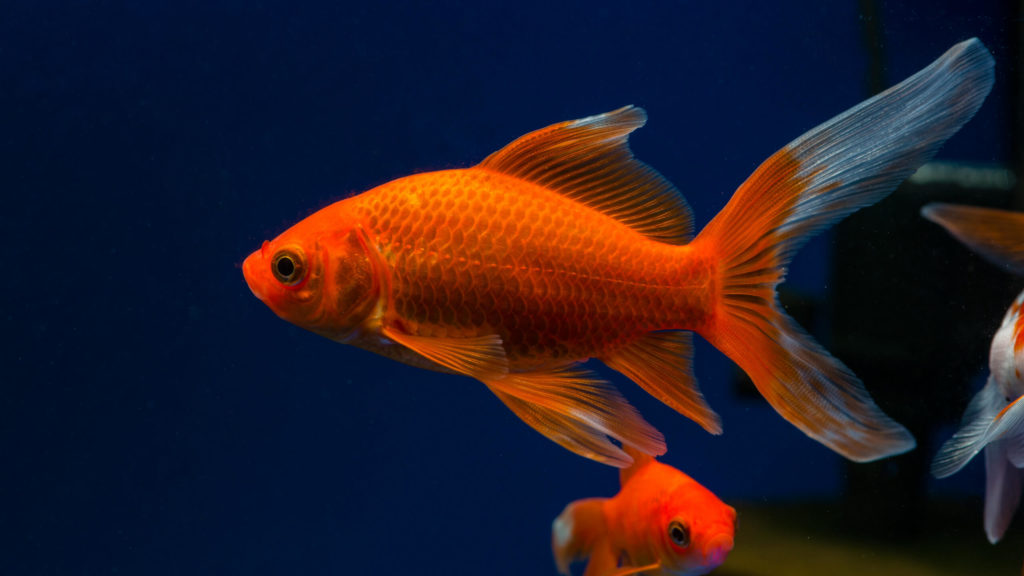
Maintaining and Caring for Caught Goldfish
To ensure the well-being of your caught goldfish, you must know how to maintain and care for them. In order to do that, introduce your new pets to a suitable environment and provide them with proper feeding and necessary health monitoring. Let’s delve into each sub-section to tackle these challenges effectively.
Introducing caught goldfish to a suitable environment
- Select a tank or pond size based on the number and size of goldfish. Aim for at least 20 gallons per fish!
- Prepare the water by using a dechlorinator to remove hazardous chemicals. Keep the temperature between 65-75°F (18-24°C).
- Add aquatic plants and decorations for a stimulating environment. Goldfish need hiding spots like caves or rock formations to mimic their natural habitat.
- Introduce goldfish gradually. This minimizes stress and allows them to adjust to their new home.
- Monitor water parameters regularly, like pH levels and ammonia content, as these directly affect the health of the fish. Clean the water frequently with filtration and partial water changes.
- Creating an ideal environment for your goldfish is key. Don’t miss out on the opportunity to witness their beauty come alive in their new surroundings. Give them the best care they deserve!
Feeding and monitoring the health of caught goldfish
Feeding your goldfish? Stick to a schedule. Give them small, high-quality meals two to three times a day. Monitor the water in their tank: test the temperature, pH levels, and ammonia levels. Observe their behavior too; watch for changes in appetite, swimming patterns, or appearance. If you spot something unusual, see a vet.
Pay attention to your goldfish. With the right care and attention, you can give them a vibrant, colorful life. Don’t let them go with a flushed funeral; keep them healthy and happy!
Frequently Asked Questions
Q: What equipment do I need to catch a goldfish?
A: You will need a small fishing net, a container to hold the fish, and some fish food.
Q: How do I attract goldfish to the surface?
A: Sprinkle some fish food on the surface of the water to attract the goldfish.
Q: What is the best time of day to catch goldfish?
A: The best time of day to catch goldfish is early in the morning or late in the evening when they are most active.
Q: How do I use the fishing net to catch the goldfish?
A: Slowly lower the net into the water, keeping it submerged, and then quickly scoop up the goldfish.
Q: What should I do with the goldfish once I catch them?
A: Transfer the goldfish to a container filled with clean water and keep it well-oxygenated. If you plan to keep it as a pet, consult with a veterinarian for proper care.
Q: Can I catch goldfish in a pond or lake?
A: Yes, you can catch goldfish in a pond or lake using the same equipment and techniques as catching them in a fish tank.
Conclusion
Catching a goldfish is a task requiring patience, precision, and the right tools. It’s key to understand goldfish behavior. They get scared by loud noises and sudden movements. Using a net with fine mesh boosts the chances of success. Reducing water movement helps too.
In addition, bait can be used to lure the fish into the net. Making the bait enticing is important.
A story is told about a fisherman who wanted to capture a goldfish from a pond. He tried conventional methods without success. So he crafted a plan with decoys and nets. The plan worked and the elusive fish was caught.
